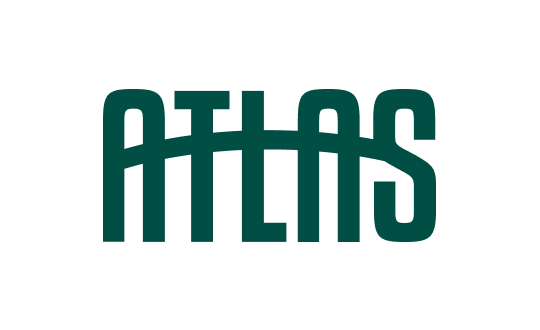Decision Matrix
To aid in choosing the ideal level of AI assistance, this matrix relates key decision factors to the AI level that best suits your project's situation.
| Decision Factor | LEVEL 0 Pure Code Forge | LEVEL 1 Insight Engine | LEVEL 2 Specific Boost | LEVEL 3 Code Accelerator | LEVEL 4 Blueprint Amplifier | LEVEL 5 Component Reactor | LEVEL 6 Visual Symphony | LEVEL 7 Prompt-to-Product |
|---|---|---|---|---|---|---|---|---|
| Critical Security and Compliance Requirements | ||||||||
| High Project Complexity | ||||||||
| Limited Team AI Proficiency | ||||||||
| High Development Speed Priority | ||||||||
| Long-term Maintenance Considerations |
When selecting the appropriate level of AI assistance, evaluate your project against these key dimensions:
| Decision Factors and Recommended Levels | ||
|---|---|---|
| Security and Compliance Requirements | High | Prefer Levels 0-2 For defense, healthcare, financial systems |
| Moderate | Consider Levels 3-5 For business applications with some sensitive data | |
| Low | All levels possible, including 6-7 For internal tools, prototypes, non-sensitive applications | |
| Project Complexity | High (Novel algorithms, unique architecture) | Prefer Levels 0-3 When implementing custom algorithms or unique architectural patterns |
| Moderate (Common patterns with customization) | Consider Levels 2-5 For applications that follow standard patterns but require customization | |
| Low (Standard application types) | Consider Levels 4-7 For CRUD applications, dashboards, and standard web applications | |
| Team AI Proficiency | Low | Start with Level 2, experiment with Levels 6-7 For teams new to AI-assisted development |
| Moderate | Consider Levels 3-5 For teams with some experience using AI tools | |
| High | All levels possible, including 6-7 For teams experienced with AI tools and prompt engineering | |
| Development Speed | Low (Quality and precision paramount) | Prefer Levels 0-3 When precision and quality are more important than speed |
| Moderate (Balanced approach) | Consider Levels 3-5 When balancing quality and development speed | |
| High (Rapid deployment critical) | Consider Levels 5-7 When time-to-market is the primary concern | |
| Maintenance Lifecycle Expectations | High (Long lifespan, ongoing development) | Prefer Levels 0-4 For systems expected to be maintained for many years |
| Moderate (Regular updates needed) | Consider Levels 2-6 For applications requiring periodic updates and enhancements | |
| Low (Short-term or disposable solution) | All levels possible, including 7 For prototypes, MVPs, or short-lived applications | |
Integration Across Multiple Levels
A project does not always fit neatly into a single AI level. Often, different parts of a system can benefit from varying degrees of automation and assistance.
Many projects can benefit from using different levels for different components:
- Security-critical components: Levels 0-2
- Business logic: Levels 3-5
- Administrative interfaces: Levels 5-6
- Prototyping new features: Level 7
Migration Considerations Between Levels
Transitioning between AI levels need not be permanent. Depending on project evolution or changing business needs, it may be necessary to move up or down to a level that better meets current requirements.
Lower → Higher
- Plan for verification processes
- Develop AI prompt engineering skills
- Establish testing frameworks
- Focus on requirements clarity
Higher → Lower
- Expect productivity changes
- Address knowledge transfer gaps
- Focus on code documentation
- Potentially refactor generated code

